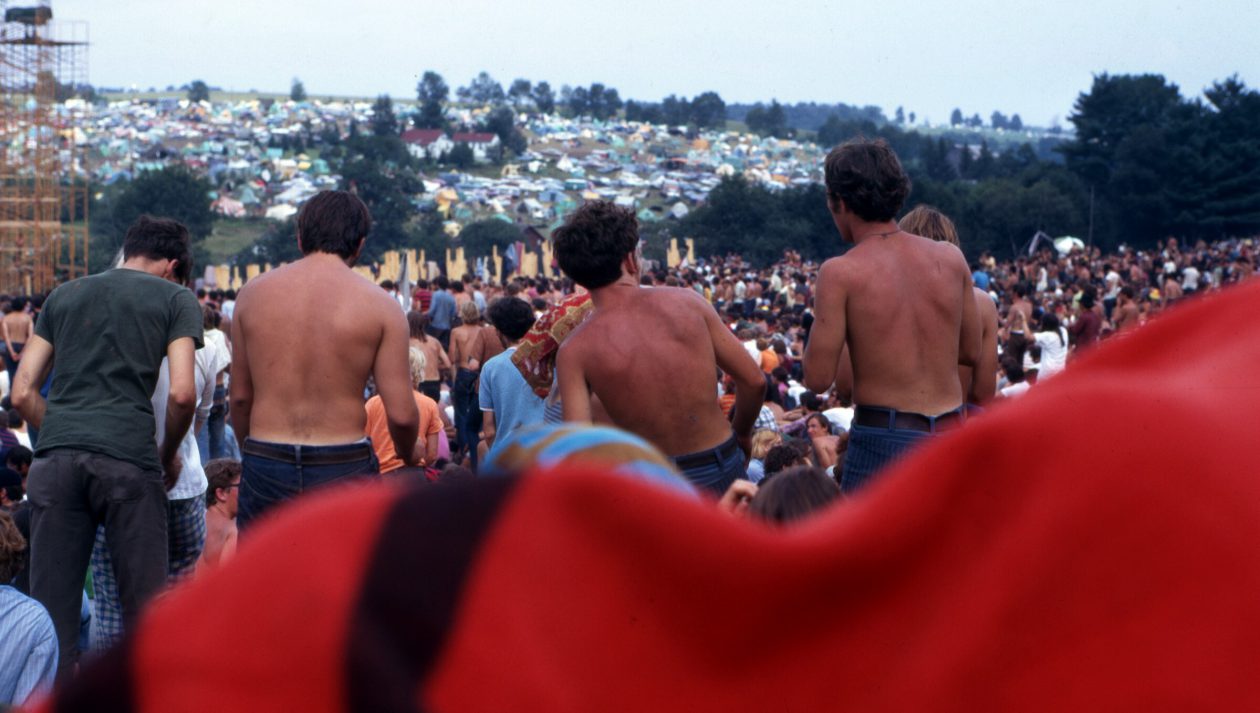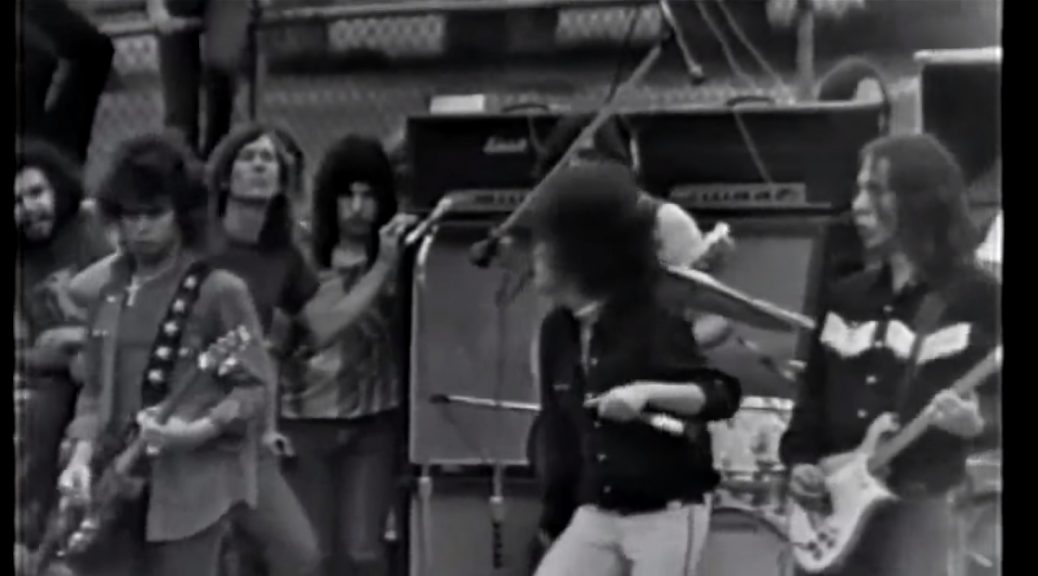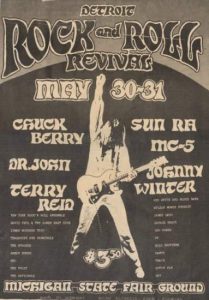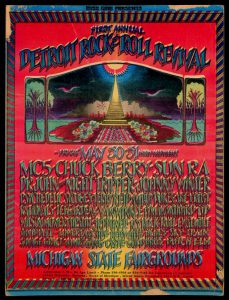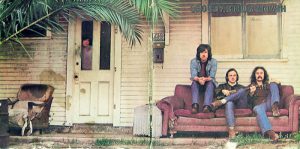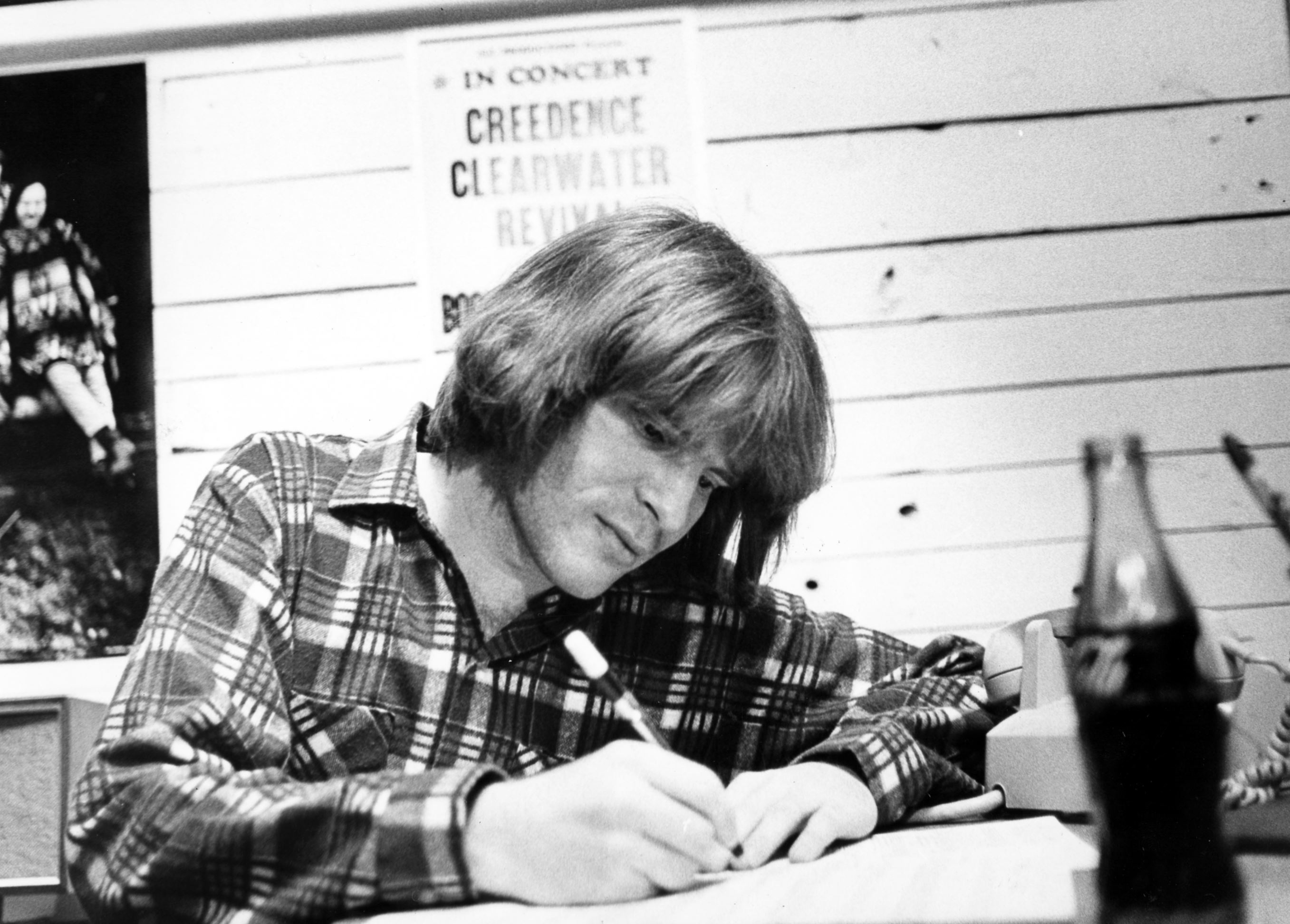Detroit Rock Roll Revival
Michigan State Fairgrounds
May 30 & 31, 1969
Sun Ra…”Atlantis”
Detroit Rock and Roll Revival
1969 festival #9
The First Annual Detroit Rock and Roll Revival is #9 on the list of 1969 festivals . With any of these festivals, one should not look at the price of admission and sigh with envy. Everything looks less expensive, but keep in mind that the 1969 minimum wage was $1.60 and of course, like now, not everyone even earned that minimum. And if you did, your gross pay for a 40 hour week was $64 or $3328 per year [table].
And like nearly every other festival that summer, recording or filming it did not happen. That being the case, we have to imagine what the festival sounded like. Sun Ra is what I placed at the top of this entry. A whole book is necessary to explain the amazing Sun Ra and his many contributions to jazz and the arts.
Ubiquitous Johnny Winter
Johnny Winter was there and as I’ve pointed out in the earlier posts on 1969’s festivals Winter was seemingly at all of them.
Psychedelic Stooges
The Psychedelic Stooges might not sound familiar, but Iggy Pop and the Stooges certainly will…
MC5
The MC5 (“Motor City 5”) were the “big” name and their song “Kick Out the Jams” typified their far left in-your-face pre-punk sound. Under the “management” of John Sinclair. Sinclair was the founder of the White Panthers and was sentenced to ten years in prison in 1969 after giving two joints to an undercover narcotics officer. Sinclair was infamously referred to by Abbie Hoffman at the Woodstock Music and Art Fair that August during the Who set. Pete Townshend was not happy about it.
Here is an amazing example of an MC5 performance 14 months later at Tarter Field, Wayne State University on July 19, 1970.
Detroit Rock and Roll Revival
Line-up
|
|
While not one that might make a Festival Hall of Fame, it certainly had it’s share of great music.
Detroit Rock and Roll Revival
Next 1969 festival: Sunrise to Sunset Festival
